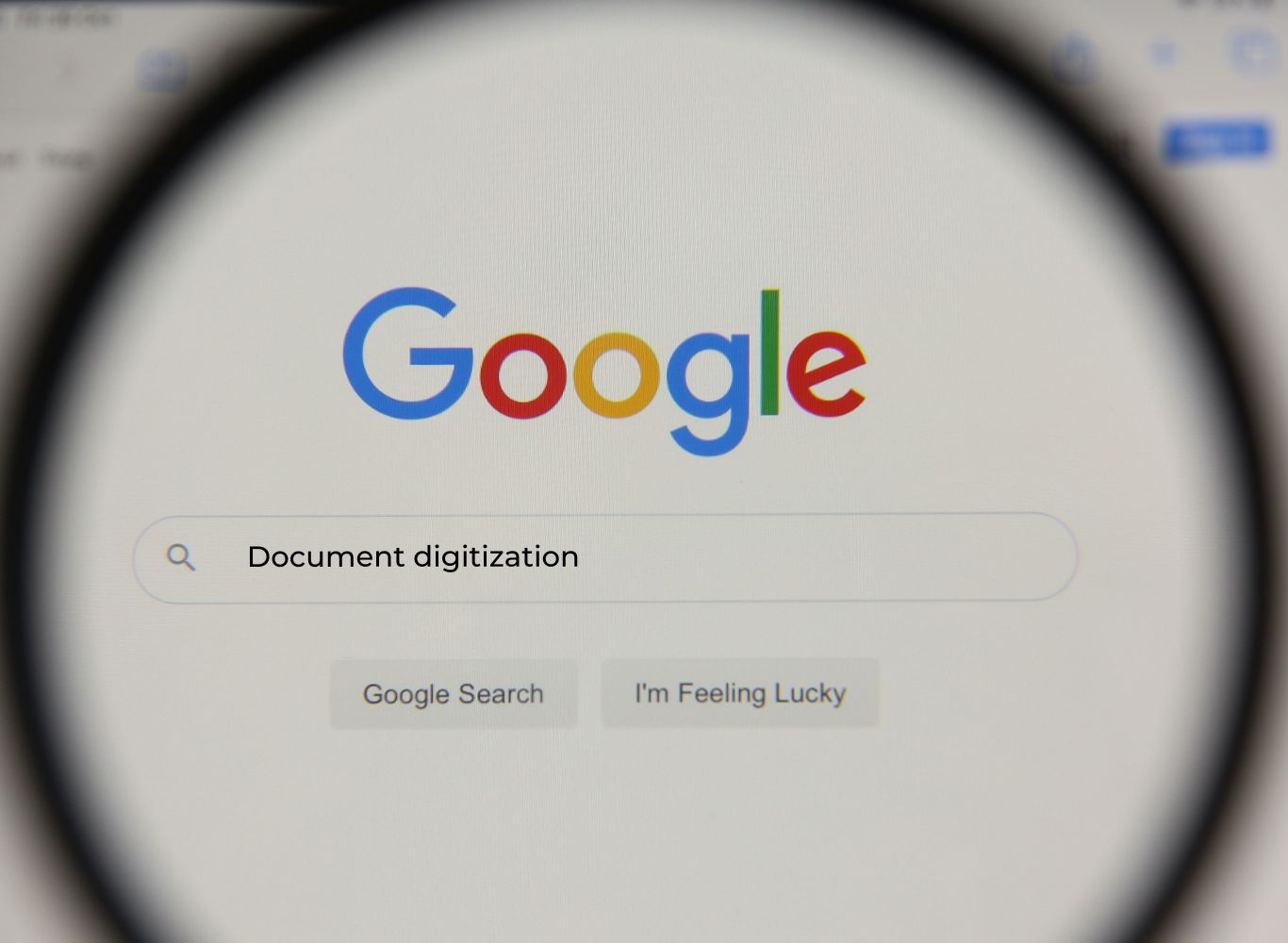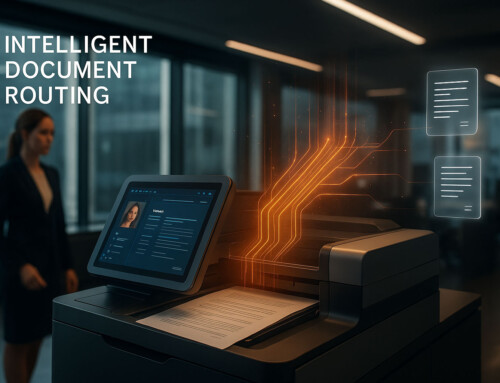Effective document management is crucial for businesses of all sizes. Always has. Always will be. With the abundance of digital files, it’s essential to have a streamlined system that enables efficient collaboration, easy access, and organized storage. Google Drive, a dominant cloud-based platform, offers powerful document management capabilities that help maximize efficiency and productivity within organizations. In this article, we will explore the 7 key benefits of Google Drive document management and provide actionable insights to help businesses like yours optimize their workflows and leverage the full potential of this versatile platform.
1. Centralized Document Storage
Google Drive provides a centralized repository for storing and organizing documents, eliminating the need for physical storage space and the hassle of managing multiple versions of files. With Google Drive’s intuitive interface, businesses can create a hierarchical folder structure, categorize documents by teams or projects, and easily locate files through robust search capabilities. This organized storage system ensures that documents are readily accessible, promoting efficient collaboration and reducing time spent searching for critical information.
2. Seamless Collaboration
One of the standout features of Google Drive is its seamless collaboration capabilities. Multiple team members can simultaneously work on the same document, making real-time edits and additions. This eliminates the need for lengthy email chains or version control issues. Whether it’s editing a spreadsheet, creating a presentation, or drafting a document, Google Drive’s collaborative features foster teamwork, enhance productivity, and enable efficient remote collaboration.
3. Document Sharing and Accessibility
Google Drive simplifies document sharing and enhances accessibility across teams, departments, or even external stakeholders. With just a few clicks, users can grant specific permissions, such as view-only or editing access, to individuals or groups. This ensures that the right people have the necessary level of access, maintaining document security and confidentiality. Additionally, Google Drive’s mobile apps enable access to documents on-the-go, providing flexibility and convenience for remote or traveling employees.
4. Version Control and Revision History
Maintaining version control is vital for businesses to track changes and revert to previous iterations if needed. Google Drive automatically saves document revisions, allowing users to view the revision history and restore earlier versions as required. This feature is particularly valuable when collaborating on projects or when multiple stakeholders contribute to a document over time. Version control reduces confusion, avoids duplication of efforts, and ensures that the most up-to-date information is readily available.
5. Integration with Productivity Tools
Google Drive seamlessly integrates with other popular productivity tools, such as Google Docs, Sheets, and Slides, providing a comprehensive ecosystem for document creation and collaboration. This integration allows users to create documents directly within Google Drive, eliminating the need for external software. Furthermore, Google Drive’s open API enables integration with third-party applications, expanding its functionality and customization options to meet specific business needs.
6. Enhanced Security and Data Protection
Data security is a paramount concern for businesses when adopting cloud-based document management systems. Google Drive incorporates robust security measures, including encryption during data transmission and storage, multi-factor authentication, and advanced sharing settings. Additionally, Google’s infrastructure ensures high availability and reliable backups, minimizing the risk of data loss or system failures.
7. Streamlined Workflows with Automation
Google Drive offers automation capabilities through Google Apps Script, allowing businesses to streamline their workflows and automate repetitive tasks. With scripting, organizations can create custom workflows, automate document generation, and integrate data from external sources. This automation significantly reduces manual effort, improves accuracy, and frees up valuable time for employees to focus on more strategic initiatives.
Google Drive’s document management capabilities provide businesses with a powerful solution for optimizing efficiency and productivity. From centralized storage and seamless collaboration to version control and enhanced security, Google Drive offers a comprehensive suite of features that streamline workflows and improve document management processes. By embracing Google Drive and leveraging its robust capabilities, organizations can unlock the full potential of their document management systems and drive productivity to new heights.
Efficiency are paramount for all businesses, Google Drive stands as a versatile platform that empowers businesses to streamline their workflows and enhance collaboration. Its centralized storage system ensures easy access and organization of documents, eliminating the hassle of managing physical storage spaces or multiple file versions. The seamless collaboration features of Google Drive enable real-time editing, fostering teamwork and reducing the need for cumbersome email exchanges or confusing version control processes.
The document sharing and accessibility features of Google Drive further enhance productivity and collaboration. By granting specific permissions to individuals or groups, businesses can ensure that the right people have the necessary access to documents while maintaining data security and confidentiality. Additionally, the mobile apps enable access to documents on-the-go, facilitating remote work and flexibility.
Version control and revision history are critical aspects of effective document management, and Google Drive excels in this area. The automatic saving of document revisions and the ability to view and restore previous versions provide a transparent and efficient process for tracking changes. This feature is particularly useful when multiple stakeholders contribute to a document or when collaboration occurs over an extended period.
The integration of Google Drive with other productivity tools, such as Google Docs, Sheets, and Slides, creates a seamless workflow ecosystem. Users can create and edit documents directly within Google Drive, eliminating the need for external software. Furthermore, Google Drive’s open API allows for integration with third-party applications, expanding its functionality and customization options to meet specific business needs.
Data security is a top priority when it comes to document management, and Google Drive addresses this concern with robust security measures. Encryption during data transmission and storage, multi-factor authentication, and advanced sharing settings ensure that documents and data are protected. Google’s reliable infrastructure and data backup systems further minimize the risk of data loss or system failures.
To enhance productivity even further, Google Drive offers automation capabilities through Google Apps Script. With scripting, businesses can create custom workflows and automate repetitive tasks, such as document generation or data integration. By reducing manual effort and improving accuracy, automation frees up valuable time for employees to focus on strategic initiatives that drive business growth.
In conclusion, Google Drive’s document management capabilities provide businesses with a powerful toolset to maximize efficiency and productivity. Its features, including centralized storage, seamless collaboration, version control, integration with productivity tools, enhanced security, and automation capabilities, empower organizations to streamline their workflows, enhance collaboration, and protect their valuable data. By leveraging Google Drive’s comprehensive capabilities, businesses can unlock their full potential, drive productivity, and stay ahead in today’s competitive landscape.
For importing paper documents directly to Google Drive from your scanner, please look at our solutions.
References:
- Google Drive Help Center: [https://support.google.com/drive/]
- “Google Drive Security Whitepaper” – Google Cloud: [https://cloud.google.com/security/whitepaper]
- “Google Drive: A Beginner’s Guide to Getting Started” – Zapier Blog: [https://zapier.com/blog/google-drive-guide/]
- “Automate Google Drive with Google Apps Script” – Digital Inspiration: [https://www.labnol.org/internet/automate-google-drive-tasks/28705/]
- “5 Google Drive Tips and Tricks for Work” – Google Workspace Learning Center: [https://workspace.google.com/learn/new-to-drive/]
- “How to Use Google Drive for Effective Document Management” – Business News Daily: [https://www.businessnewsdaily.com/10669-google-drive-document-management.html]






